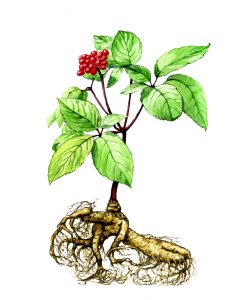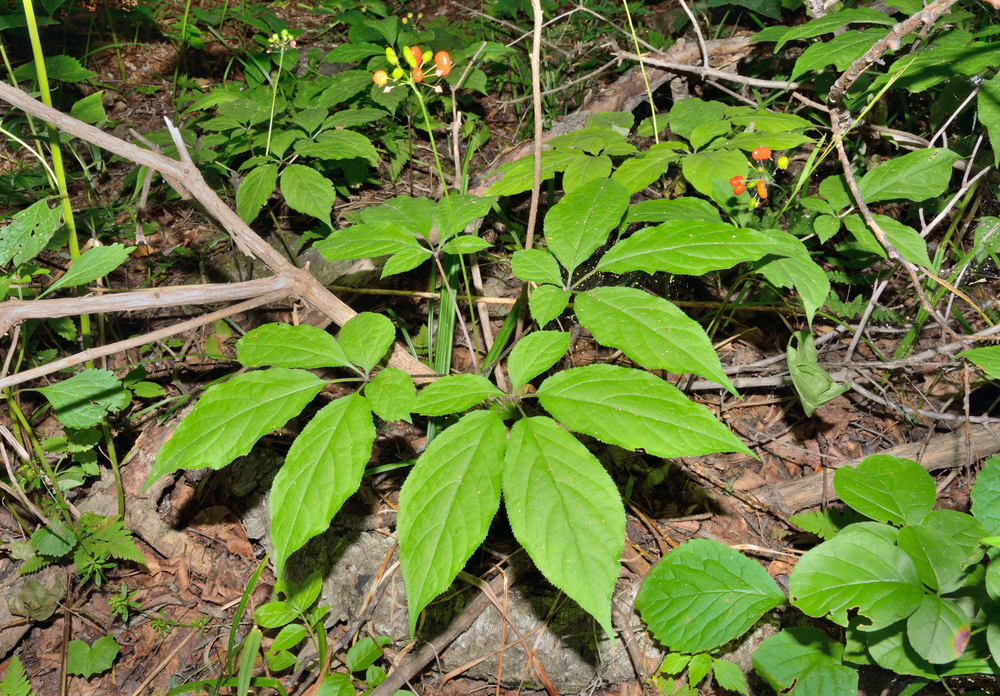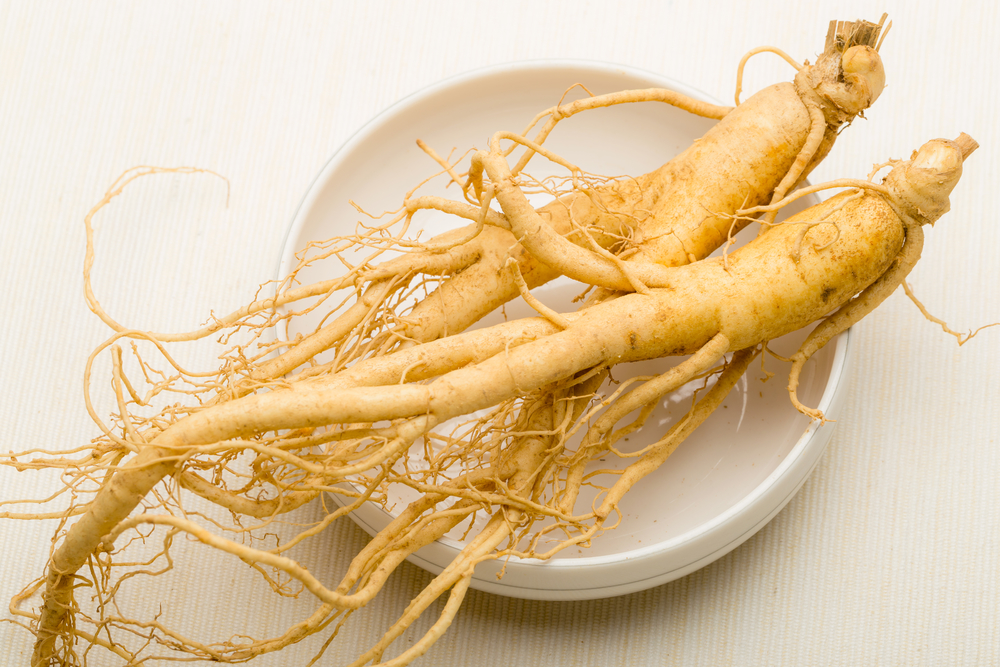8 things you should know about ginseng
Ginseng is a popular herbal medicine in the world and the American Society of Clinical Oncology (ASCO) believes that ginseng could be selectively offered to individual patients with breast cancer to help with treatment-related fatigue.
Here are 8 things you should know about ginseng.
1. The active ingredients in ginseng
Ginsenosides are active ingredients in ginseng, which are responsible for a variety of pharmacological properties of ginseng.
2. Health benefits
Having known as a natural remedy for more than two thousand years in the East, ginseng has many potential health benefits, including:
- antioxidant and anti-inflammatory properties
- improve physical performance
- reduce physical or psychological stress
- help cardiovascular health
- boost immunity
- promote cognitive performance
- improve erectile function
3. Side effects
The side effects of ginseng are unknown, and many studies indicated the safety and tolerability of ginseng in adults. The possible side effects of ginseng include:
- sleep problems
- fluctuation in blood pressure
- nervousness
- diarrhea
- a dry mouth
4. The most valuable part of ginseng
The content of ginsenosides is varied in different parts of ginseng. The amount of ginsenosides is higher in the leaf and fine root and much lower in the stem.
5. Ginseng of different ages
The content of ginsenosides in Panax ginseng root increases with ages from 1-6 years, while the total content of ginsenosides in Panax ginseng leaf decrease with ages.
In addition, the ginsenoside compound also changes with ages.
6. American ginseng and Asian ginseng
Depending on the different originations, ginseng has many species. Panax ginseng, known as Asian ginseng grows in the mountains of Eastern Asia while American ginseng is native to eastern North America.
Asian and American ginseng have different ginsenoside structures and compositions of total ginsenosides. American ginseng contains high levels of Rb1, Rd and Re ginsenosides than that of P. ginseng in one study.
6. Fresh ginseng, white ginseng and red ginseng
Fresh ginseng is non-dried raw ginseng, and the ginsenosides contained in fresh ginseng are low bioavailable and are difficult to be absorbed by human bodies.
White ginseng is peeled and dried ginseng without being heated. It is believed that white ginseng has less therapeutic constituents due to air-dried processing in the sun.
Red ginseng is steamed and dried ginseng. Red ginseng contained larger amounts of ginsenosides than those in fresh ginseng and white ginseng.
7. Ginsenosides in red ginseng
There are more than 10 kinds of ginsenosides in red ginseng, including Rb1, Rb2, 20S-Rg3, 20R-Rg3, Rg5, Rc+Rh1, Rk1, Rk3, 20S-Rg3+20R-Rg3, Rk1+Rg5.
Researchers found that ginsenoside contents in red ginseng varied under different extracting hours. The content of ginsenoside Rg5 and Rk1 reached its peak when extracted for 36 hours, while the content for 20S-Rg3 +20R-Rg3 and Rk1+Rg5 peaked at 24 and 36 hours, respectively.
8. Prototype ginsenosides and rare ginsenosides
Prototype ginsenosides are naturally existing ginsenosides in ginseng, including R1, Ra1, Ra2, Ra3, Rb1, Rb2, Rb3, Rc, Rd, Rg1, etc. Rare ginsenosides are transformed and metabolized from prototype ginsenosides such as Rg3, Rh2, Rh3, Rk1, Rk2, aPPT and aPPD.
Prototype ginsenosides have poor bioavailable and difficult to be absorbed. When digested and degraded by enzymes and gut flora, prototype ginsenosides are converted and metabolized into rare ginsenosides that greatly facilitate their absorption and utilization.
However, the problem is that not everybody has the right gut bacteria, and around one-fifth population lacking in specific gut bacteria can not benefit from ginseng and ginsenosides.
Rare ginsenoside can also be obtained by processing methods like steaming or acid transformation. For example, 20(S, R)-Rg3, knowns as unique ingredients in red ginseng, can be newly generated during the steaming process.


